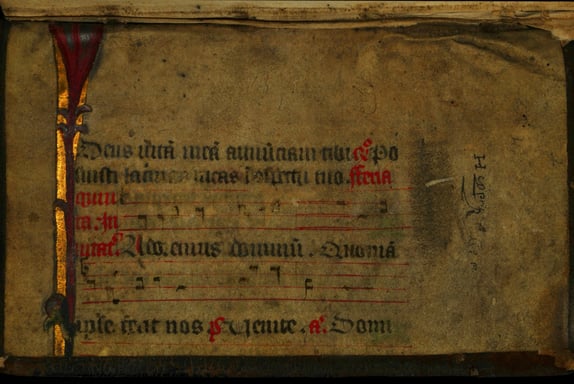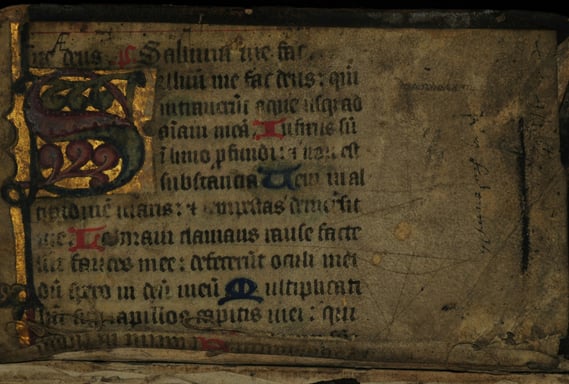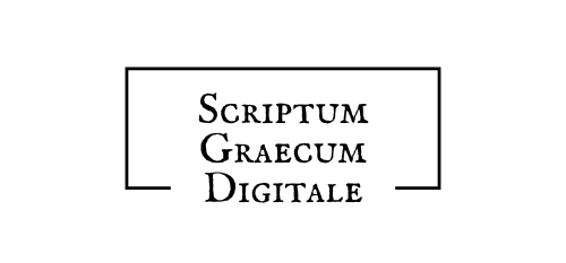The digital archive focuses on the book-hand style of Greek script, rather than the cursive style. The book-hand, with its formal and regular features, was primarily reserved for literary and scholarly works, while the cursive style reflected the everyday, informal writing used in correspondence, administrative documents etc.




The materials most widely used for literary works until the 15th century were papyrus and parchment (mostly vellum), with the latter coming into use after the 5th century. There were two main forms of books in antiquity. The older form was the roll. This was made by fastening sheets of parchment or papyrus together side by side, and then winding the long strip around a dowel of wood, bone, or metal. The other was the codex that was made from either parchment or papyrus in a format resembling modern books.


The archive begins its chronological journey in the 5th century BC, since the exact date of the first written versions of the Homeric poems remains uncertain. This period is marked by the appearance of the earliest literary papyri. Since then and throughout the various stages of the Greek script, multiple writing styles co-existed, each serving distinct social or functional purposes, however this diversity in writing style has not hindered scholars in safely drawing a relatively straight line in the evolution of the Greek script.
